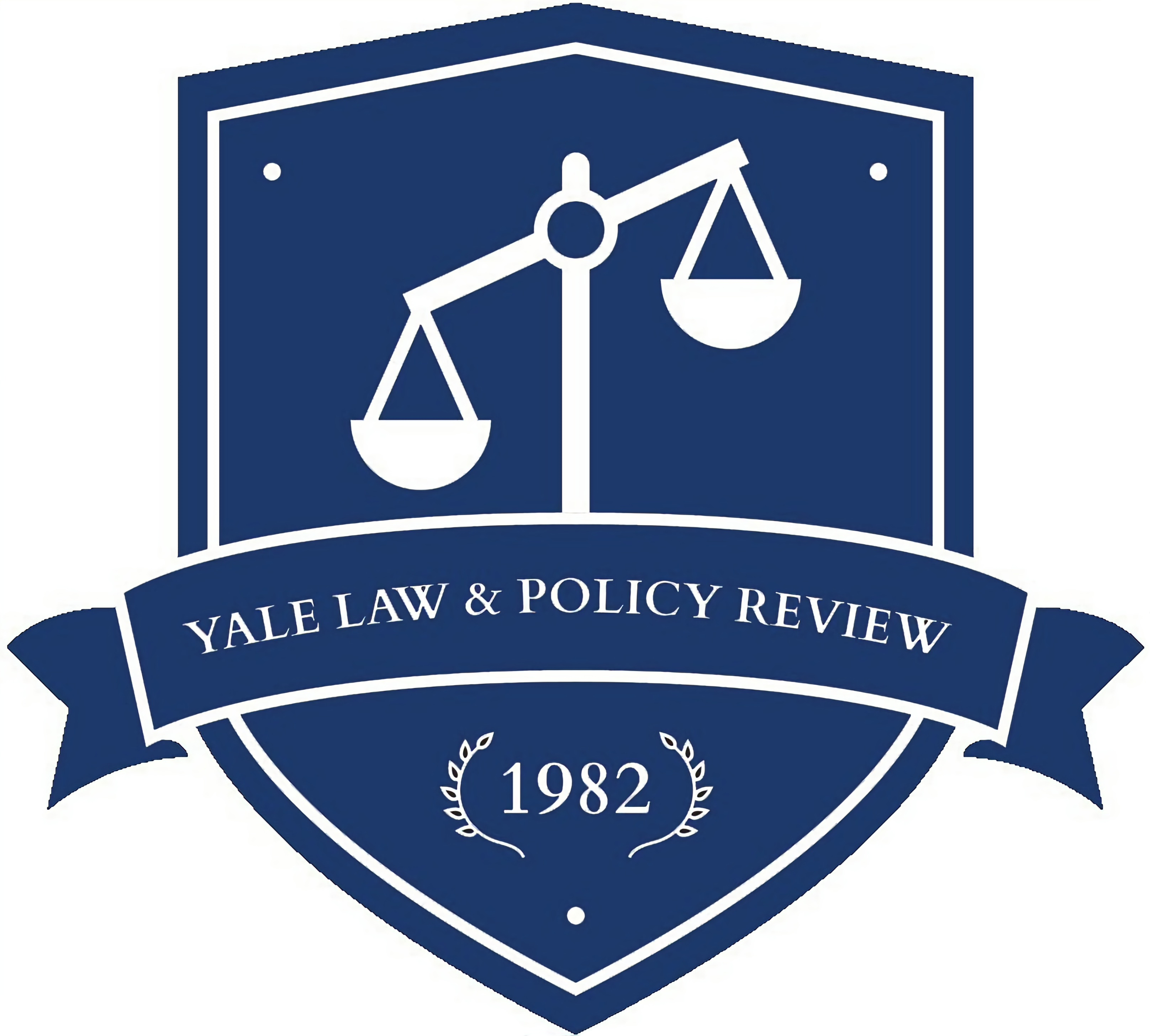The federal government relies on the states to help enforce many of its regulatory schemes. State and local governments are often willing—even eager—to oblige. But when a program is controversial or expensive, subfederal officials sometimes resist. When that happens, the federal government uses a variety of means to coax, cajole, hector, threaten, or even force them to participate. I call these methods “inducement strategies.”
Inducement strategies test the limits of federalism. They have historically crossed the Supreme Court’s radar in some politically fraught areas—nuclear waste disposal, gun control, healthcare. Today, they are stretching federalism boundaries in an arena where federal-state integration has quietly grown tight: immigration. In the last several decades, the immigration system has come to deeply rely on subfederal aid. State and local reticence has in turn produced a plethora of federal strategies, both formal and informal, for securing assistance. And yet scholars have not explored the full range of constitutional questions raised by federal inducement efforts. Immigration scholars have largely focused on other federalism questions, including state power and preemption. Federalism scholars, meanwhile, have barely engaged the increasingly rich terrain of joint immigration enforcement.
This Article fills both of those gaps. It provides a sustained account of inducement strategies in immigration law. It identifies the full range of federal-state interactions, assesses their constitutional dimensions, and situates them within the broader federalism literature. To get there, it takes a close look at the Supreme Court’s inducement jurisprudence in the wake of National Federation of Independent Business v. Sebelius. It argues that the commandeering and coercion cases now cohere around what I call a “right of refusal”—a narrow but absolute right against any form of inducement that denies state governments a meaningful ability to opt out. This unified principle helps evaluate the latest inducement proposals, some of which are hurtling toward litigation.
In an era of intertwined federal-state governance, the set of available inducement options will shape a striking array of regulatory areas, including healthcare, climate change, education, tax, national security, and marijuana enforcement. By identifying and critically assessing these modes of interaction, this Article starts to answer some important questions about the terms on which integrated enforcement will play out.
Trial Attorney, U.S. Department of Justice, Federal Programs Branch. A.B., Brown University. J.D., Yale Law School. The views expressed in this Article are my own and do not necessarily reflect the views of the Department of Justice or the Federal Programs Branch. For comments on earlier drafts, I am grateful to Erin Bernstein, Bryan Choi, Samir Deger-Sen, Jonah Gelbach, Heather Gerken, Oona Hathaway, Bill Ong Hing, Jeff Love, Jake Schuman, Yael Shavit, Travis Silva, Andrew Tutt, and Cody Wofsy. All errors are mine.
